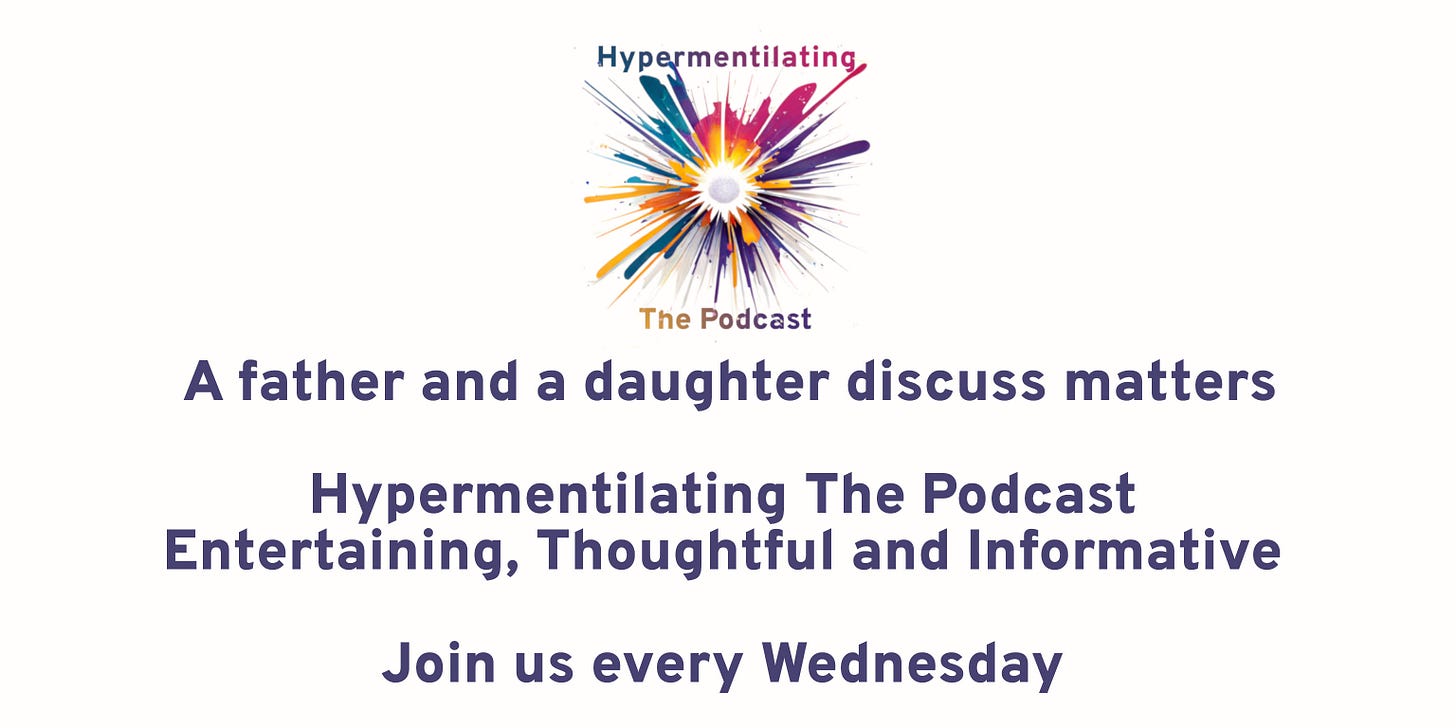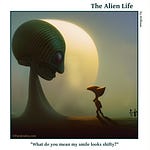from the walls of the digital cave
Hi
Why do we accept the judgement of fools? There was a time past, but not so long past, when you could speak freely, by which was meant that you could say a thing in the presence of another, and it would be a private affair. We are now upon a two-headed beast, what you say in private, or even a version thereof, - subject to the whims, fancies, memory and agenda of some chatty cretin – can now be shared. The second head, less thoughtful, is the robot on record. Gone are the days of temporary stupidity, the luxurious times of being able to make a mistake, utter immediately regretted noises. The cloud hears all. The cretin and the cloud, a beast of our own devising, needing our agreement to survive.
Recording thoughts
Meta’s brain-to-text tech is here. We are not remotely ready.
" This month, though, Meta made a breakthrough.
In collaboration with the Basque Center on Cognition, Brain and Language, researchers at Meta’s Fundamental Artificial Intelligence Research (FAIR) lab were able to accurately decode unspoken sentences from brain signals recorded outside the skull — no surgery required.
This was just in a lab, of course. But these findings mark a major step toward the wearable mind-reading devices Zuckerberg promised eight years ago. "
Yeah, it’s on now. This article is all about the not so distant future. Specifically about Meta, the erstwhile Facebook machine. Their focus has been on mind reading, and it looks like progress is being made. The biggest success is in now being able to interact with the brain in a noninvasive way.
Essentially, the Meta overlord and his minions want to build a headband that can translate your thoughts into text, that can type what you’re thinking. Some version of this is probably in the near future. I thought it was worth considering, understanding, how far advanced this is.
It raises important questions about who is wielding this technology and for what purpose. The very real possibility exists that the data being collected could one day be even more revealing about an individual than it already is. How you think, how you make decisions, what guides your actions.
It’s going to get weirder. Neuroscience and AI have long been partners. Both fields benefit greatly from the other. The possibility for good is great, but this is real time sci-fi now. The possibility for misuse is significant.
Exalting questions
Why Kids Are Afraid to Ask for Help
" Adults are often embarrassed about asking for aid. It's an act that can make people feel vulnerable. The moment you ask for directions, after all, you reveal that you are lost. Seeking assistance can feel like you are broadcasting your incompetence.
New research suggests young children don't seek help in school, even when they need it, for the same reason. "
Just a reminder of the difficulties of being a kid and what you carry with you from childhood. And what you don’t. Something many lose along the way is the unfettered love of questioning.
At some point, that unrestrained desire to know is replaced with a confining urge to not appear to not know.
This article offers some suggestions for teachers, or anyone in a position of guidance, to better facilitate the asking of questions by children. But I included it more as a reminder of how important it is to encourage kids to ask questions, and to encourage them to ask questions forever. Everyone should feel encouraged to do that.
I believe it's a universal sign of intelligence. If someone is asking questions, it's more an indication of intelligence than it is of a lack of intelligence, and that has to be understood by the kids. It's really important that you ask questions.
Otherwise, we morph into what we have now, a society where people accept what they're told because that's what they've trained themselves to do.
These conclusions about kids, about why they won't ask questions, may be obvious, but that doesn't make them any less important.
Asking questions is the only way to get answers.
Being more
Harriet Tubman
"I had reasoned this out in my mind; there was one of two things I had the right to, liberty or death; if I could not have one, I would have the other.” – Harriet Tubman, 1886
I'm including this because I think we throw around terms like hero and special without regard to what it really means to be these things. Raising the status of the mundane to heights unwarranted serves only to distract from the effort required to be great.
This woman, every time I come across her, I'm reminded how powerfully awesome a person can be. That somebody like this lived and did what they did.
I want to find my way to the wake of these footsteps, to be drawn forward with this kind of belief in what is right.
This is a person that you should know something about if you don't. And if you do know something about her, she is always worth revisiting.
An incredible life, a wonderfully interesting person. A person who was determined to not be sidelined in her existence, to not accept the unacceptable.
February 21, 1958
Peace symbols
From hippies to ubiquity
Wiki Rabbit Hole
" The symbol was designed by Gerald Holtom (1914–1985), who presented it to Direct Action Committee on 21 February 1958. It was "immediately accepted" as a symbol for the movement and used for a march from Trafalgar Square, London, to the Atomic Weapons Research Establishment at Aldermaston in Berkshire on 4 April. Holtom's design was adapted by Eric Austen (1922–1999) to ceramic lapel badges. The original design is in the Peace Museum in Bradford, England.
The symbol is a super-imposition of the flag semaphore for the characters "N" and "D", taken to stand for "nuclear disarmament". This observation was made as early as 5 April 1958 in the Manchester Guardian. In addition to this primary genesis, Holtom additionally cited as inspiration Francisco Goya's painting The Third of May 1808. "
The innovations of threat
The most important computer you’ve never heard of
" SAGE, the Semi-Automatic Ground Environment, was the solution to the problem of defending North America from Soviet bombers during the Cold War. Air defense was largely ignored after World War II, as post-war demilitarization gave way to the explosion of the consumer economy. The test of the first Soviet atomic bomb changed that sense of complacency, and the US felt a new urgency to implement a centralized defense strategy. The expected attack scenario was waves of fast-moving bombers, but in the early 1950’s, air defense was regionally fragmented and lacked a central coordinating authority. Countless studies tried to come up with a solution, but the technology of the time simply wasn’t able to meet expectations. "
The article is definitely for nerds, on frequent occasion my people. In this case, the computer nerds from the nerd family tree.
It is a fascinating article, with some very cool old pictures of the enormous computers systems that were the precursors of today’s handheld everything boxes. Specifically a look at the SAGE system which came about as a result of military demands after World War II. Defensive innovation driving the 1950s technology bus.
For anyone interested in computers and how they evolved, and some of the why they evolved.
Inside information
Make Peace with Your Unlived Life
" But learning to sort out our inner demons can be liberating. Questioning, reflecting, and having meaningful conversations with important people in our lives can help us come to terms with our shadow sides and create the rapprochement needed between our “false” and “true” selves. To do this, we have to figure out how to accept what we learn about ourselves without judgment. "
An interesting article looking at a Jungian influenced approach to our identities, a consideration of the shadow side of personality. It's about the embrace of self-knowledge.
I like this article. Normally I'm not a big fan of these philosophy of psychology things. Occasionally overly dramatic, and often too intentionally dense to understand anything useful, but this is a nice article, a sort of gentle reminder to not forget to assess yourself honestly.
An encouragement to refine your perception of yourself, and accept what you find. Turning that acceptance into a better understanding of what you need to do.
The title's a little bit overwrought. It's just a small article that gets you to consider the things that you may be suppressing, the things that may be interfering with your ability to move forward.
I think about this when I see kids trying to reject things that don’t fit the narrative that they are trying to form. It's a reminder that those things, while maybe not pleasant, are real.
A nice short article that gets you to think about your inner life and how it is manifest in your outer one.
Seeing the human
Wild Fish Can Recognize Individual People
" While doing research for a different study, divers in a research station in the Mediterranean Sea found that local fish would follow them and even steal food that was intended as a reward for something else.
The divers also noticed that these local fish seemed to recognize them and knew who to follow for that food. As this continued to happen, a team from the Max Planck Institute of Animal Behavior (MPI-AB) in Germany decided that these fish were to be the subjects of a new study.
The team set out to see if these wild fish could indeed tell the difference between divers based on visual cues. "
A fun read about a study, a field study, that determined that fish can recognize individuals. Other studies have shown that they can recognize individual human faces.
Once again, I just like anything that makes us consider further the breadth and depth of other creature's cognitive abilities. It’s not nearly as limited as we might think initially. I just find that incredibly fascinating.
To think that a fish can tell one person from another, they aren’t writing Shakespeare on the head of a pin, but it’s not nothing either.
" We have met the enemy and he is us."
Walt Kelly
For anyone looking, it's a new day always
it's your life
you understand
Feel free to share Change Happens with anyone you think might enjoy it, and have a most excellent day


















Share this post